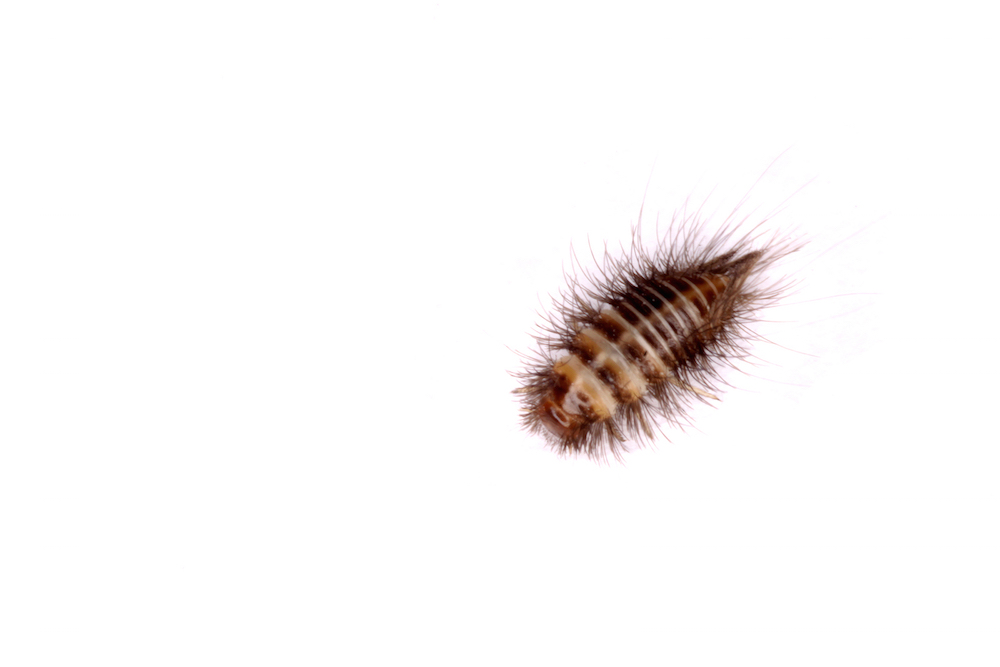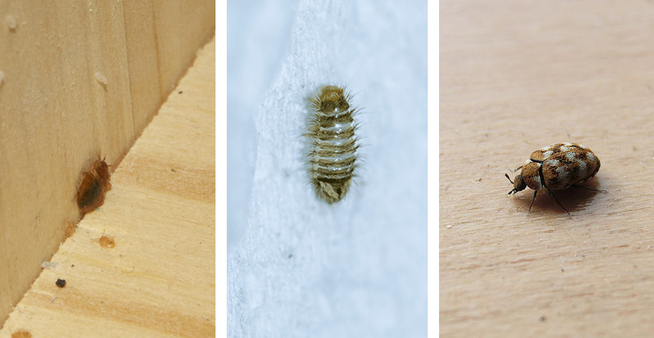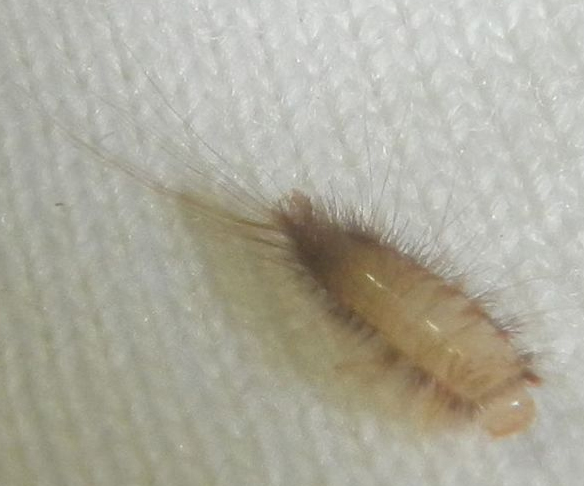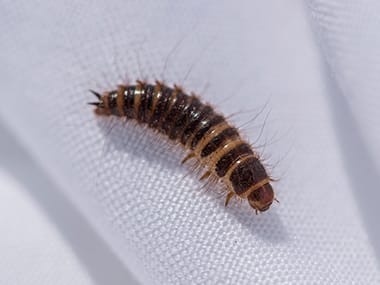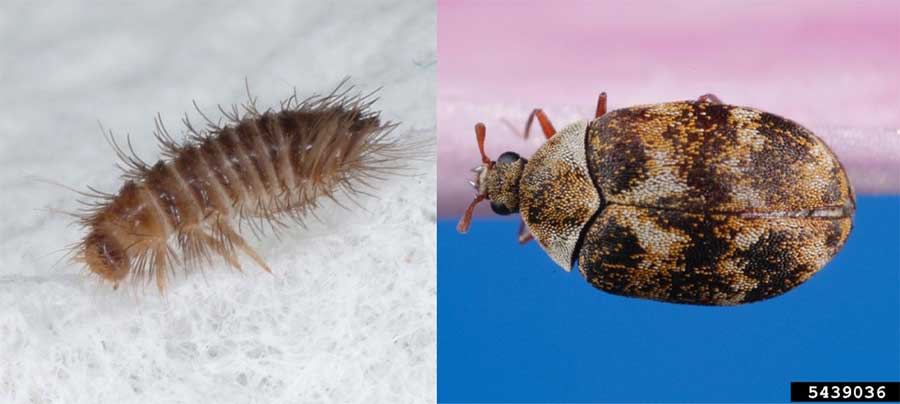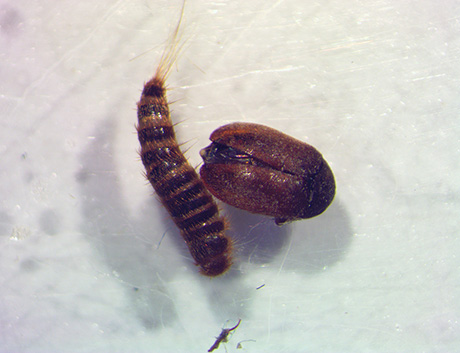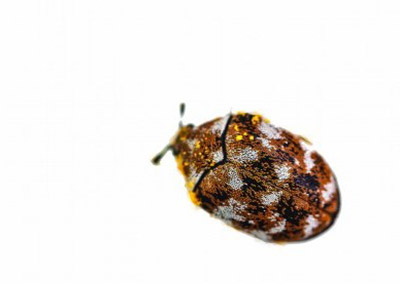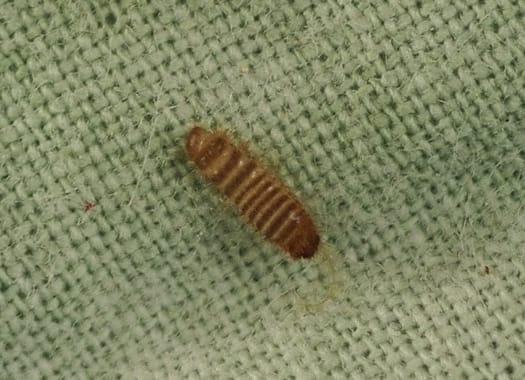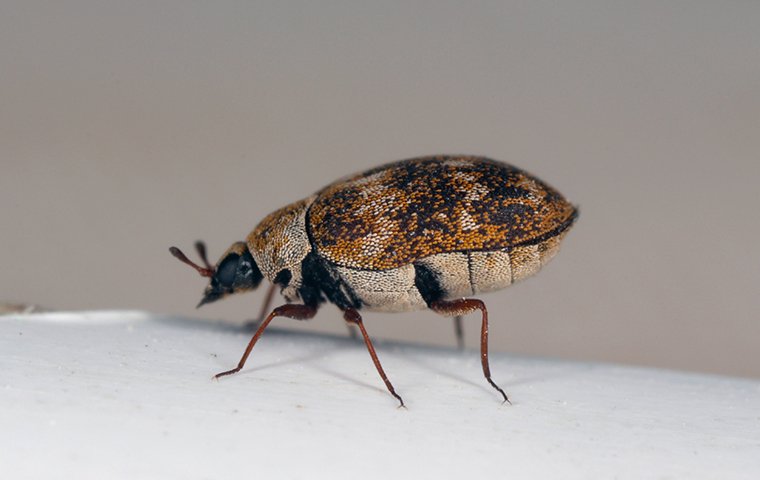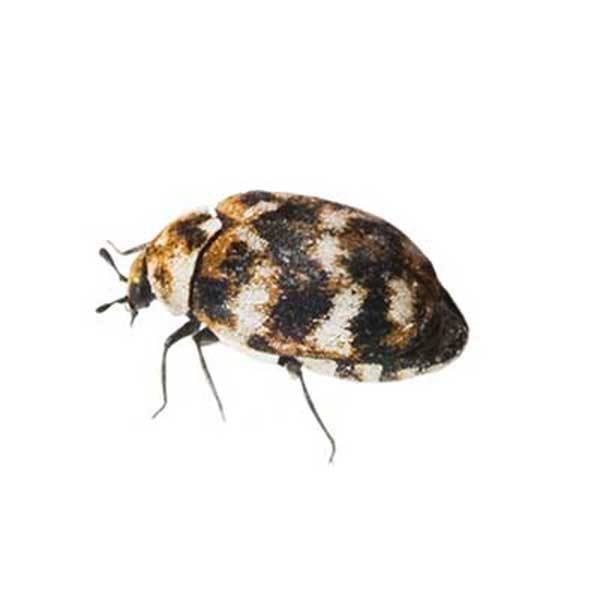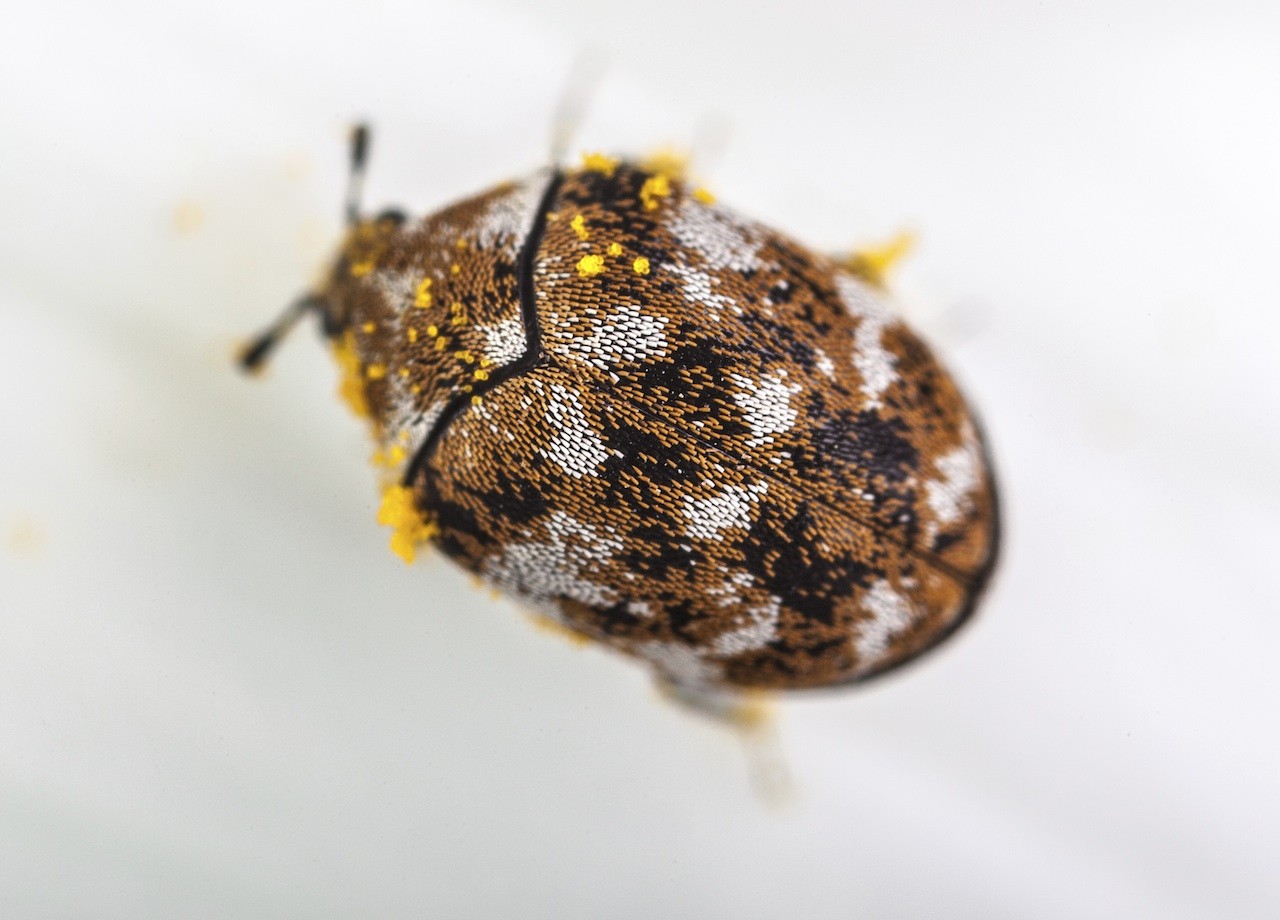Carpet beetle infestation will in general go unnoticed for a significant period of time enabling them to make serious harm on beddings garments carpets and upholstered furniture.
Infestation carpet beetle larvae nest.
Carpet beetle larvae in the bees nest would feed on beeswax pollen and dead bees.
Adult carpet beetles may be seen flying to lights or crawling on surfaces.
Seeing beetles especially larvae or their skin can be a sign that you have a carpet beetle infestation.
The adult carpet beetle feeds only on pollen and nectar of garden flowers but lays its eggs in old birds nests felt fabric or accumulated fluff in buildings.
Although adult carpet beetles can thrive inside or outside females prefer to lay eggs where larval food sources are abundant.
Identifying larvae larvae also may be seen crawling on surfaces.
Carpet beetle larvae found in a wasp nest.
Beetle larvae feed in nests on feathers bird poop and dead baby birds.
In this post we ll talk about carpet mites what causes carpet beetles where carpet beetles come from and how to avoid a carpet beetle infestation.
Carpet beetle larvae like the dark and can commonly be found in areas of the home.
A live woolly bear ling on a wasp nest.
This was no doubt the source of the problem and would have continued to house the infestation cycle of carpet beetle.
It is the larvae from these eggs that do the damage.
They feed on feathers.
Find out exactly where to look for carpet beetles in your home to find out if you have these little pests.
The most likely sign is their damage.
Carpet mites although you may see the terms carpet mites and carpet beetles used interchangeably these two pests are actually quite different.
Carpet beetles are attracted to natural fibers.
Adult carpet beetles feed on pollen and nectar outdoors.
The larvae may eat seeds animal food and other milled products in the pantry or kitchen.
If you do it s important to find where carpet beetles may be living or laying eggs.
Carpet beetles are found in wasp or bee nests which can sometimes be inside wall voids.
Infestations can spread quickly.
Infestations are often identified by the presence of adult carpet beetles which gather around windows and lights.
The source of the infestation can also be hidden inside a wall or ceiling void.
